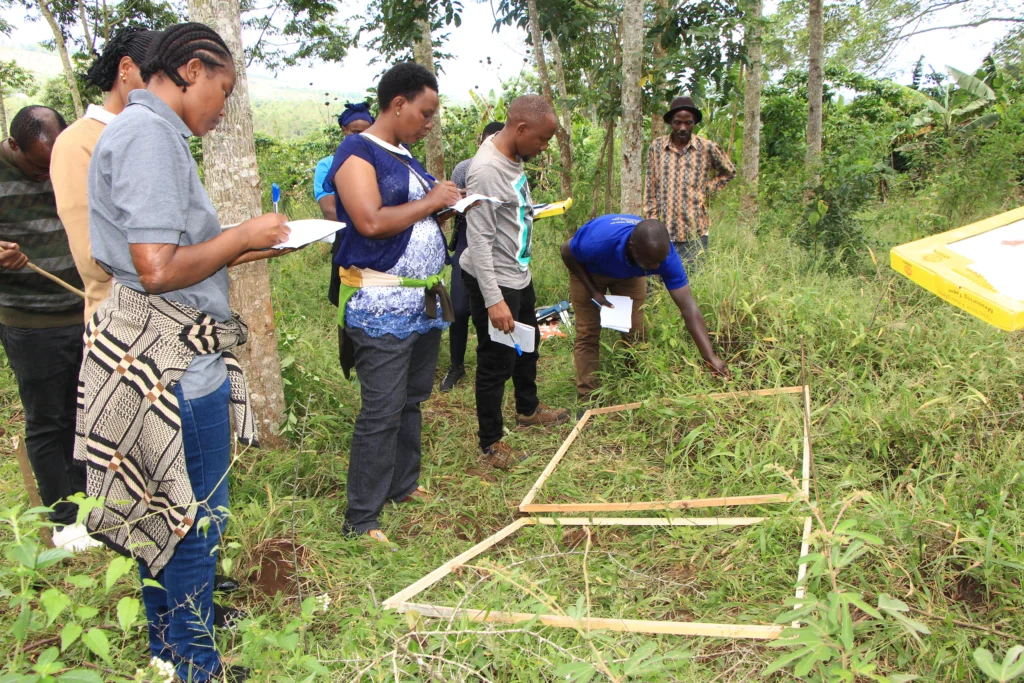Description of the programme/ objectives
Vi Agroforestry has, through sustainable agriculture and land management (SALM) and agroforestry, been promoting a diversification of species planted and animals reared on farmland. This methodology and the diversification have had an impact on biodiversity, both through direct diversification of crops but also indirectly through promoting an environment where species of animals, insects, and plants can thrive. Through storytelling and observations, Vi Agroforestry has established that biodiversity has increased, but this has not been verified through a proper inventory.
Therefore, Vi Agroforestry was looking for a consultant to conduct an inventory to establish the impact Vi Agroforestry’s methods – SALM and agroforestry – has on agrobiodiversity, i.e., the variety and variability of animals, plants, and micro-organisms that are used directly or indirectly for food and agriculture, including crops, livestock, forestry, and fisheries. It comprises the diversity of genetic resources (varieties, breeds) and species used for food, fodder, fibre, fuel, and pharmaceuticals. It also includes the diversity of non-harvested species that support production (soil micro-organisms, predators, and pollinators), and those in the wider environment that support agro-ecosystems (agricultural, pastoral, forest, and aquatic), as well as the diversity of the agro-ecosystems (FAO, 1999), through a field inventory of agrobiodiversity. Indicators such as the number of vascular plant species in each area will verify the agrobiodiversity on the farms. The general question Vi Agroforestry seeks to answer through this inventory is how agrobiodiversity and related ecosystem services, e.g., pollination and biological pest control, has changed with the implementation of SALM and agroforestry.
Description of the services provided/ main activities
Conduct an inventory in the working area of at least one partner organisation in each country (Kenya and Tanzania) (two field areas in total), targeting at least 60 farmers (land users), and implementing Vi Agroforestry’s methods of SALM and Agroforestry for field measurement and direct interviews in each field area. Conduct the same methodology for measuring agrobiodiversity with a minimum of 30 farmers (land users) for each field area not implementing Vi Agroforestry’s methods (control farmers). Data collection involves field measurements, household surveys, observation, focus group discussions, taking pictures of different species of flora and fauna, taking GPS points, and most significant biodiversity change stories. Key informants’ interviews with partner organisations and village leaders will also be conducted to gather further information.

